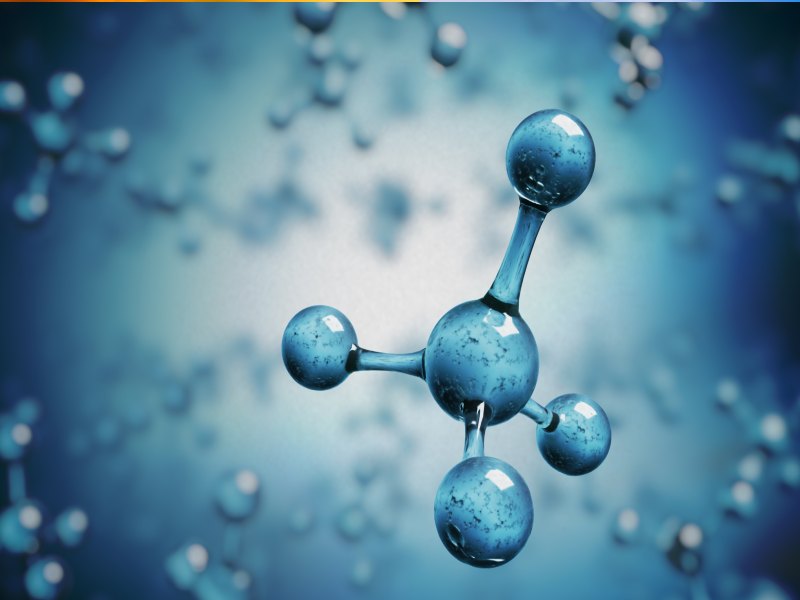Notably, all commercial nitric acid production methods used today are centred around the oxidation of ammonia. It is therefore appropriate to investigate the chemistry of this process, in the knowledge that it is directly applicable to any of the production processes available. The chemistry of the oxidation of ammonia is surprisingly simple. It begins with a single pure compound, plus air and water, and ends with another pure compound in aqueous solution, with essentially no by-products.
The process may be described by just six major reactions as shown in Table 1 .l . With reference to Table 1 .l, Reaction 1 is the overall reaction for the process. This net result is achieved from three separate, and distinct, chemical steps. The first is the oxidation of ammonia to nitrogen monoxide (Reaction 2). The second is the further oxidation of nitrogen monoxide to nitrogen dioxide (Reaction 3), then nitrogen dioxide to nitrogen tetroxide (Reaction 4). The third and final stage involves the absorption of these nitrogen-based oxides into water to form the nitric acid product (Reactions 5 and 6). In most commercial processes, each of these three stages are conducted in separate process units.
The first step in the process is the heterogeneous, highly exothermic, gas-phase catalytic reaction of ammonia with oxygen (Reaction 2). The primary oxidation of ammonia to nitric acid (over a catalyst gauze of 9:l platinum/rhodium alloy) proceeds rapidly at process temperatures between 900-970°C. The second step in the process involves two reactions (Reactions 3 and 4). These are the oxidations of nitrogen monoxide to the dioxide and tetroxide forms. The equilibrium mixture is loosely referred to as nitrogen peroxide. Both reactions are homogenous, moderately exothermic, gas-phase catalytic reactions.
The third step in the process involves cooling the reaction gases below their dew point, so that a liquid phase of weak nitric acid is formed. This step effectively promotes the state of oxidation and dimerization (Reactions 3 4), and removes water from the gas phase. This in turn increases the partial pressure of the nitrogen peroxide component. Finally, nitric acid is formed by the reaction of dissolved nitrogen peroxide with water (Reactions 5 and 6). The formation of two moles of acid is accompanied by the formation of one mole of nitrogen monoxide gas. This nitrogen monoxide must be recycled within the process.



Comments are closed